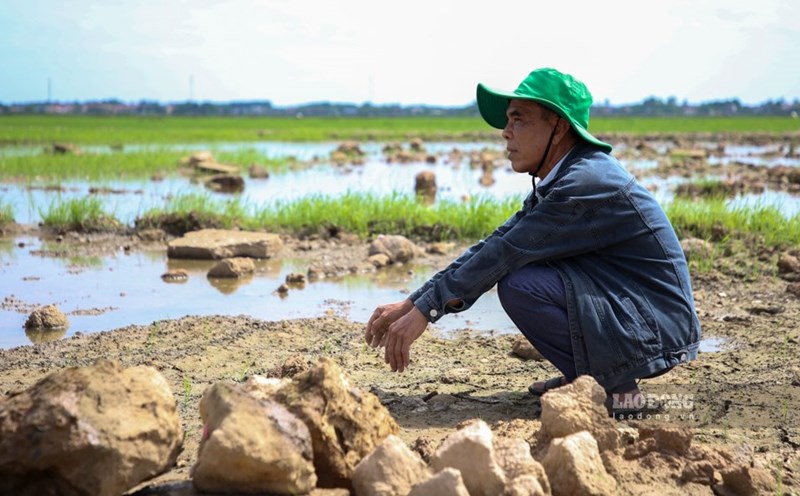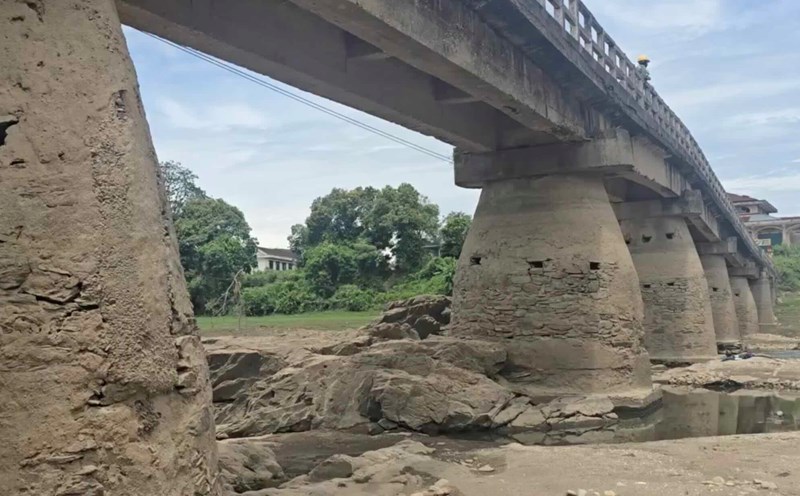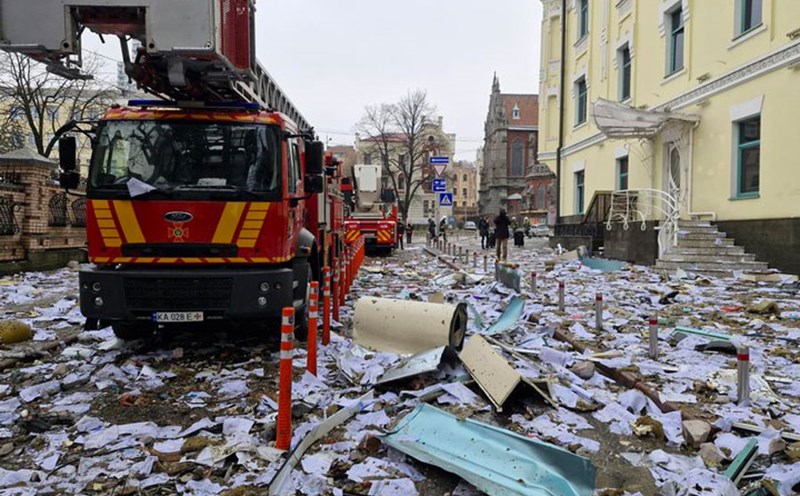Many sections of the dike are eroded, at risk of widespread flooding
According to the Department of Agriculture and Environment of Quang Tri province, the flood-proof dike system in the low-lying areas of the old Hai Lang district (now in the 5 communes of My Thuy, Hai Lang, Vinh Dinh, Nam Hai Lang, Dien Sanh) was invested in construction and upgraded to be completed from 2008-2011, including 14 dykes along the left and right banks of Tan Vinh Dinh river, Cuu Vinh Dinh river, Mai Linh river, O Giang river and left O Lau river with a total length of more than 56km.
The dike system has been invested in construction and put into operation for nearly 15 years, the dike has shown clear efficiency, but many sections are now damaged, the dike surface has sunk, the dike roof has created frog jaw, and there is a risk of losing the ability to withstand floods in increasingly extreme weather conditions.
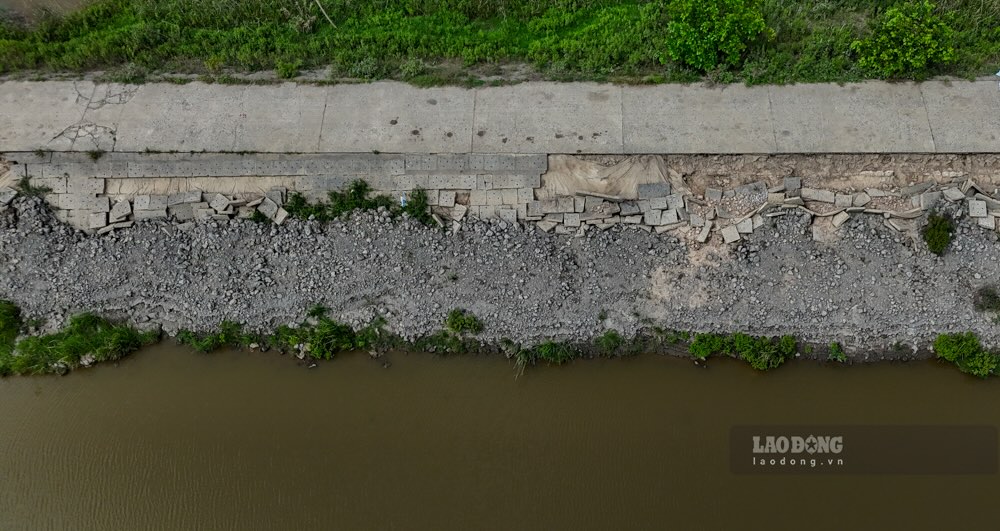
For example, in Nam Hai Lang commune (formerly Hai Phong commune), more than 350m of the dike subsided, of which 30m was in a vulnerable location, directly threatening about 500ha of rice. My Thuy commune recorded 12 subsidence sections with a total length of 600m, including a 25m section that was washed away, affecting 290ha of rice and in-field traffic. In Dien Sanh (old Hai Truong commune), 7 sections of the dike collapsed, threatening 420 hectares of rice and 80 hectares of crops.
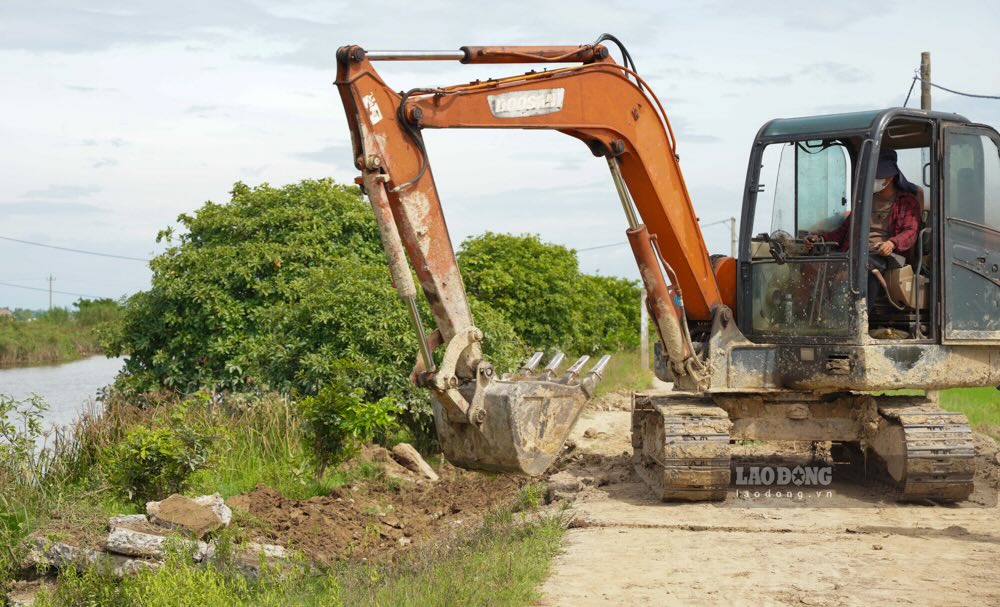
In particular, the recent flood caused by storm No. 1 has caused many sections of the dike to be seriously eroded. It is estimated that the entire system is about 4km severely damaged. Some elevated areas do not meet the requirements of preventing floods at the beginning of the Winter-Spring crop, early floods or minor floods - which have appeared increasingly unusually in recent years.
In the context of limited resources and a large length of the system (more than 56km), in terms of solutions, the scale of invested dykes is still limited compared to the requirements of socio-economic development, trade of goods, connecting concentrated production between regions, people's livelihood, and natural disaster prevention and control.
Lack of capital, localities only temporarily overcome
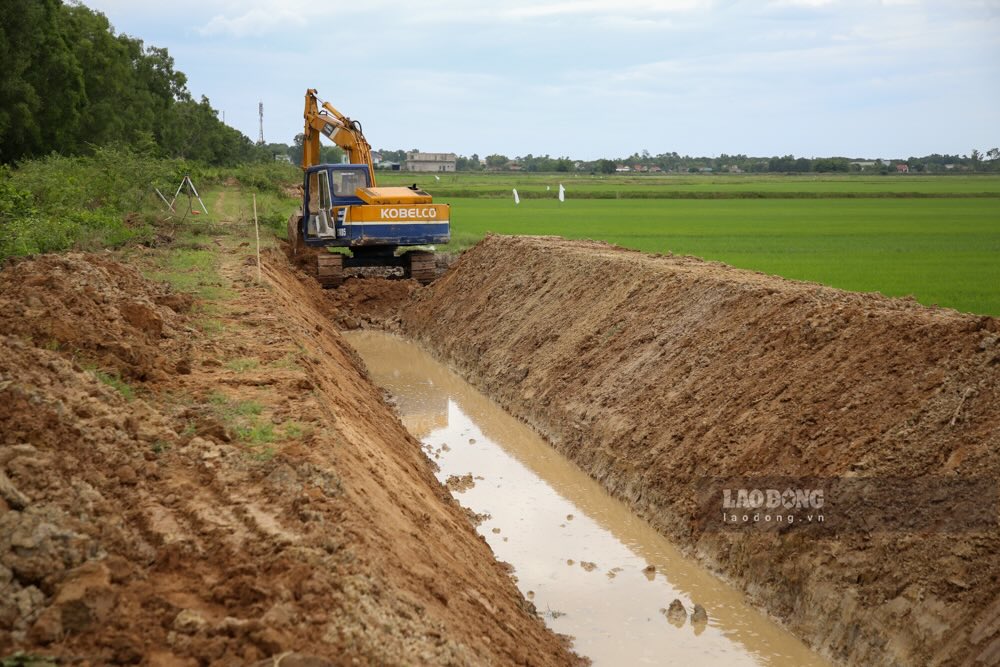
After the impact of storm No. 1, the People's Committee of Quang Tri province issued an emergency construction order to overcome landslides, damage to irrigation works, and dykes. However, out of a total cost of more than 10.7 billion VND, only 3 billion VND is spent on handling more than 1km of weak dykes in three communes: Hai Duong, Hai Truong and the old Hai Phong.
According to the Department of Irrigation and Natural Disaster Prevention and Control - Department of Agriculture and Environment of the province, the current capital is not enough to meet comprehensive solutions. Therefore, the unit has requested communes to proactively allocate budgets to temporarily reinforce and limit damage before the flood season. At the same time, it has proposed that the Central Government support funding to repair severely damaged infrastructure and high risk of landslides.

Mr. Le Quang Lam - Head of the Department of Irrigation and Natural Disaster Prevention and Control of Quang Tri province said that on September 20, 2024, the Department of Agriculture and Rural Development of the province (now the Department of Agriculture and Environment) issued document No. 3173/SNN-KHTC to the Ministry of Agriculture and Rural Development (now the Ministry of Agriculture and Environment) on the establishment of a medium-term public investment plan for the period 2026-2030 with capital managed by the Ministry. The content includes upgrading the entire 56km of dykes, renovating 50km of flood drainage axes, expanding pumping stations combined with irrigation with a total proposed cost of 500 billion VND, to ensure the requirements of flood prevention at the beginning of the Winter-Spring crop, and a proposed cost of 500 billion VND.
"Currently, the locality can only fix it in the 'show-off' style - patch it up. This solution is not effective in the long term, not ensuring the ability to prevent natural disasters in the context of unusual climate. When we have support capital, we will advise on a comprehensive upgrade to protect agricultural production and people's lives in key rice areas of the province, Mr. Le Quang Lam emphasized.
The low-lying areas of the old Hai Lang district - where more than 10,000 hectares of rice are harvested - are facing great risks if the dyke continues to deteriorate. Basal and synchronous solutions need to be implemented soon to avoid repeating the scenario of flood-prevention dykes that cannot prevent floods, causing the crop to lose everything.

